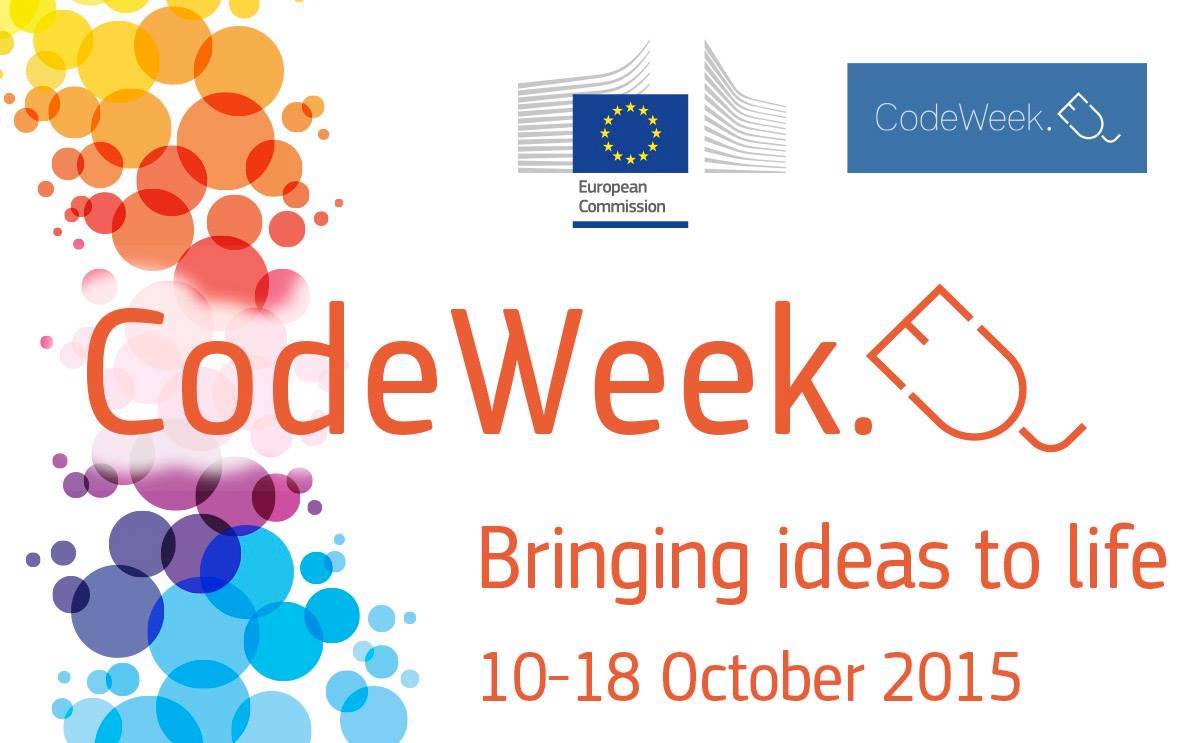Companies are formed by people. People who perform tasks, people who give directions, people who define the procedures and organize others. Companies are the result of peoples’ actions.
In order for a firm to succeed, it takes too many factors, only a small portion of which can be predicted. Factors such as whether the product will be the next big hit are not so easy to be defined. But we can do our best to rule out the factors which will definitely have a negative effect for our firm. A major one is making the right choice when it comes to the people you will work with.
The particularity of recruiting is that you need to sell and buy at the same time. You need to be able to sell the vacant position in a way that you will attract the most suitable candidates and at the same way buy the services of the most promising candidate.
This is how you will be able to take the first steps in a successful pathway.
I will try to summarize my experience into a few must-follow advices:
1. Tools at your services
A number of tools have been designed in order to facilitate the HR Department. Most of them refer to the administrative procedures that can be undertaken easier with the help of technology.
2. Emphasize less on typical skills
I have witnessed hires that didn’t work out so well despite the bold degrees. I am to blame for hires that were based mostly on common sense that all these years of experience would mean that the person can perform his duties. I have been arrogant enough so as to look down on candidates that didn’t have the certifications I was looking for. But then I decided to give a chance to less typically skilled candidates and to my big surprise they were a good fit. They blended in with the rest of the team and soon I couldn’t tell the difference.
3. Hire for the future
Depending on the circumstances, hiring can be made in order to cover a position that emptied out of the blue or for a more strategic purpose, in order to find a potential catch. In other words, young people with little to none experience who have the potential of becoming first-class employees after some training and culture embracing
4. Screening without engaging
Technology has developed new tools that help save time and resources. Long gone are the days when we used to rely on tools that passively scan through the resumes for key-words. We now have the opportunity to test the candidate on actual working conditions at a fraction of cost, and know whether he is fit for the job. Using such a test before setting up the interview can save too many man-hours and act as a catalyst for a successful hiring.
5. Pay less attention to skills that can be easily acquired
Hiring someone just for the skills he already has may result in a big mistake. For the simple reason that the specific person has developed this set of skills with time. So, unless you are definitely and urgently trying to find a custom-made candidate to fit in the position, you may want to consider that a candidate who needs training before getting to work may turn out to be more beneficial for the firm. Today training can be inexpensive, efficient and to the point, that’s why turning down a candidate just because he lacks an easy-to-acquire skill may not be such a good idea.
Unfortunately there is no one who can guarantee that a hire will turn out beneficial or not. This is the most important advice that you need to keep in mind. No matter how hard you may try, you will make mistakes. Come to terms with it and go on.




